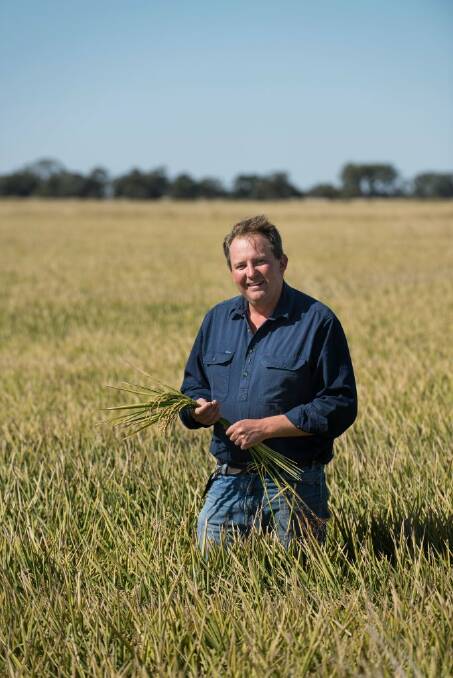
The gap between Australian rice supply and demand has been exacerbated by Coronavirus, SunRice products flying off supermarket shelves as the Riverina prepares to record an even smaller harvest than last year.
Subscribe now for unlimited access to all our agricultural news
across the nation
or signup to continue reading
"Unfortunately, due to drought, low water allocations and high water prices, we are expecting the 2019-20 Riverina rice crop to be smaller again than the 2018-19 rice crop, which at 54,000 tonnes was the second-lowest on record," said SunRice chairman Laurie Arthur.
Mr Arthur said the focus of this year's harvest, which will begin in the coming weeks, was to replenish seed stocks and to maintain some form of milling program at their Riverina facilities, where around 230 full-time employees have been made redundant since 2018.
SunRice have offered record fixed contracts for growers, ranging from $750/t for Medium Grain Reiziq to $1500/t for organic paddy.
Mr Arthur said at this stage, SunRice did not see any direct impacts from COVID-19 in relation to the prices offered to Riverina growers.
However, concern around COVID-19 had seen a significant increase of demand for SunRice products.
"The SunRice Group is producing stock as quickly as possible from its rice processing and packing facilities in the Riverina, however, demand for products is currently exceeding supply capability," Mr Arthur said.
"This demand spike has exacerbated shortage of supply of Australian rice products which SunRice has already been experiencing as a consequence of ongoing drought conditions in the Riverina."

Ricegrowers Association president, Rob Massina, estimated the rice harvest would be around 45,000-50,000t.
He said unfortunately, low general security water availability and therefore high temporary water prices, has meant even record contracts were not enough incentive for growers to plant rice.
"Water got up to $750/ML in the Murrumbidgee," Mr Massina said.
He said the small amount of crop that was in the ground was doing well, the cooler conditions seen in the last couple of months helping to reduce water use.
"There was a little bit of concern at first, we had a cold start to the season, then we had a lot of heat during December, January."
"But, now the crops are looking really good and the cool finish is decreasing water use considerably."

